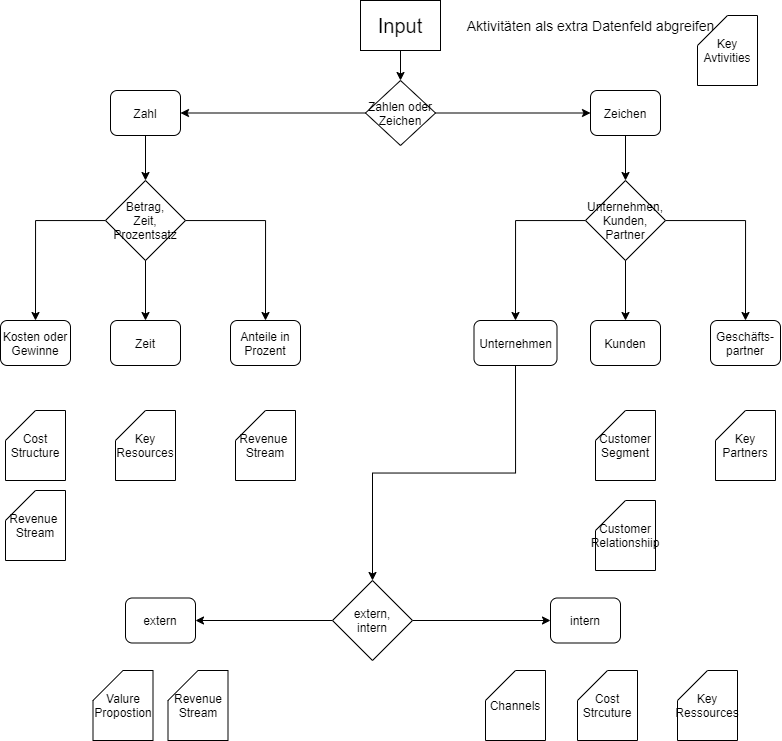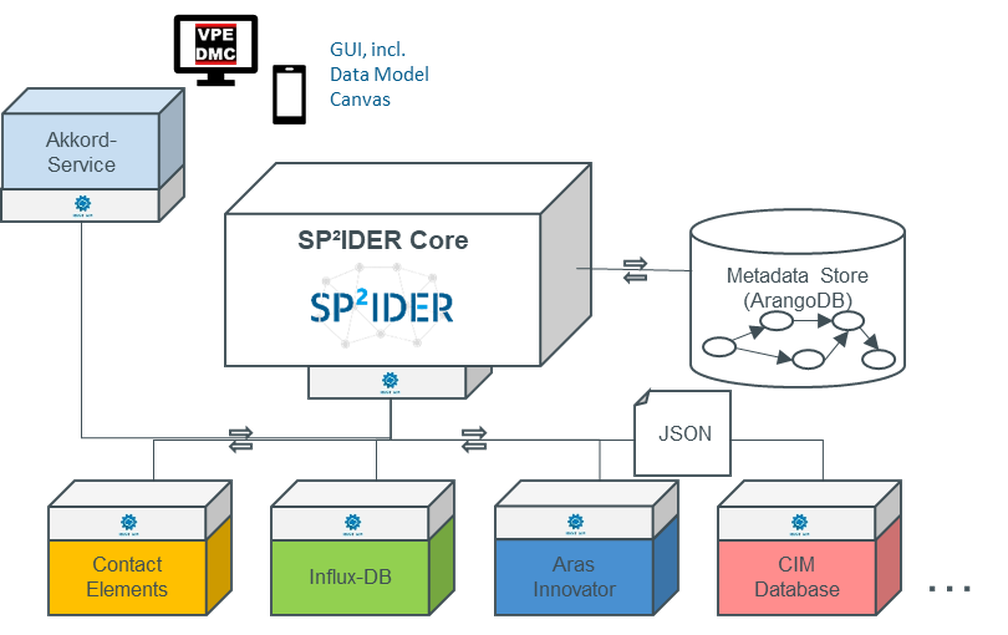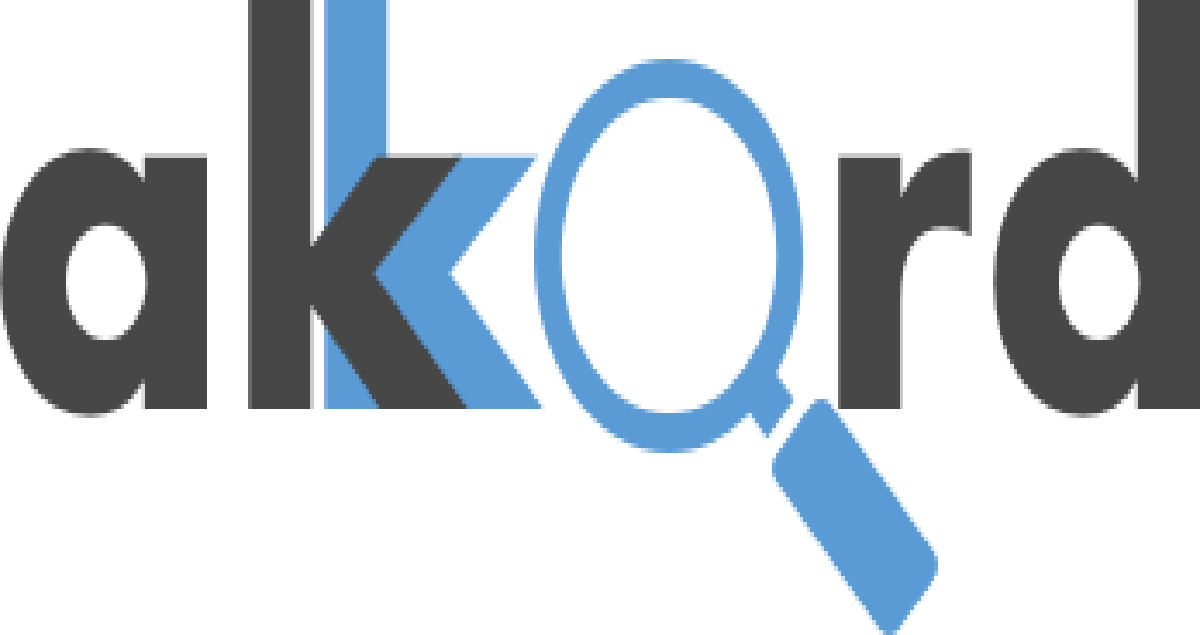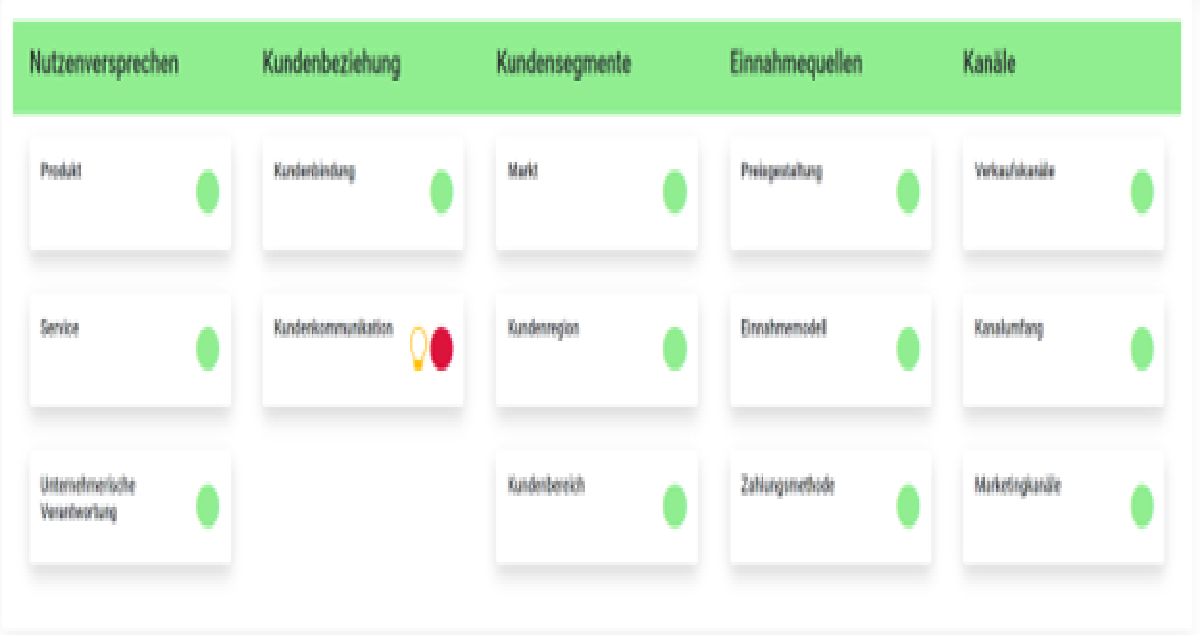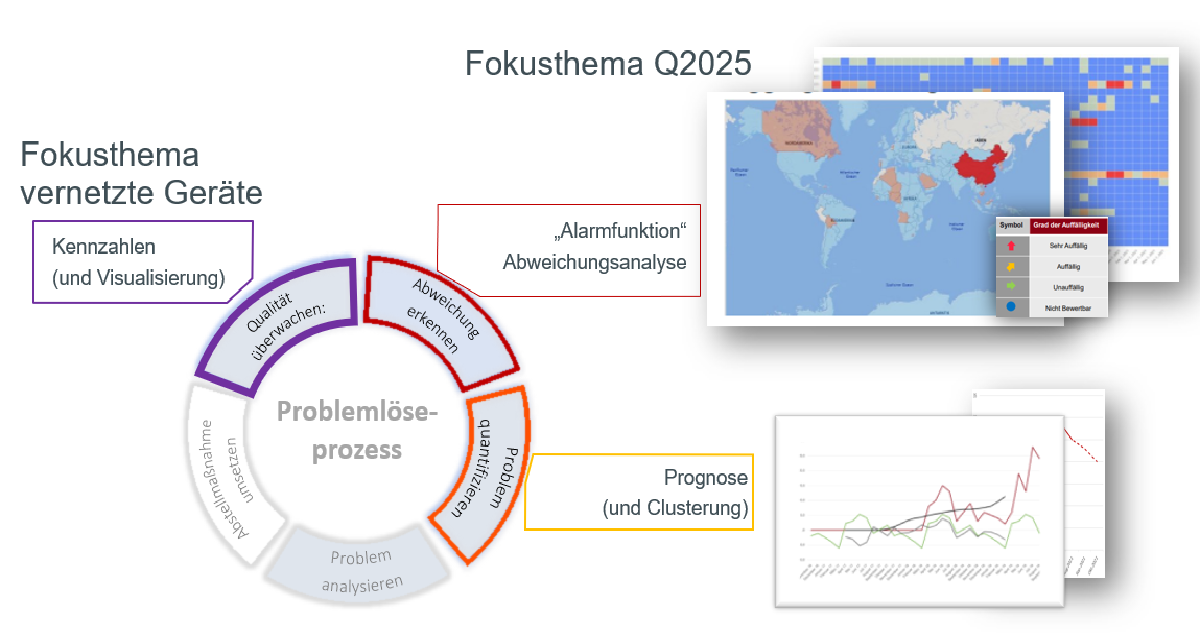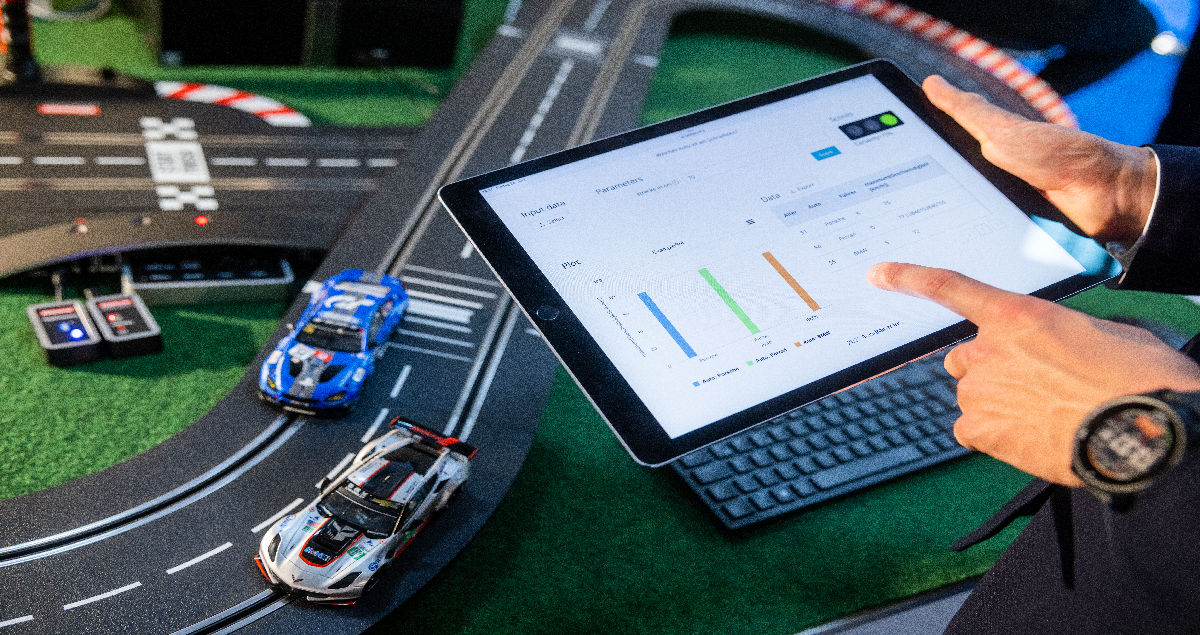Second Work report from the research area “Development of new collaboration opportunities and business models” – Use of process data for business model analyses
In this research area concepts and solutions for collaborative business model development and adaption on the basis of data analyses are developed. Together with application partners, a conceptual elaboration was developed, which serves as a basis for the functional design of the service area. Prototypical artifacts are developed in close cooperation with the application partners. These artifacts are used for the scientific evaluation of the concepts and serve as a basis for the implementation of software solutions.
The business model (BM) and underlying processes
In addition to analyzing the customer’s view of a BM (Use Case 7), the AKKORD project also considers in AP3 the internal view of a BM . For this purpose, internal organizational databases and process data are suitable, which are basically located one level below the business model. For example, can the company draw conclusions from production processes to the business model area of key activities. If there are difficulties across several processes, the processes can of course be adjusted on the one hand, but on the other hand, they could also be strategic problems that should not be addressed at the process level. In the example of production processes, it may have been noticed that individual process steps take a long time or are not carried out because parts are being waited for. If there is a problem behind this other than the pure planning and introduction of the parts into the production process, it can be decided, for example, whether parts can be purchased, increasingly manufactured in-house or alternative parts can be used. In addition to or instead of production processes, a number of other relevant areas and data can be identified for the business model.
In order to delineate the data and assign it to the business model areas, the company should consider its entire value chain. Ideally, process data is then available in the form of process logs for each business unit, department or organizational unit.
Mapping of process data to the areas of the Business Model Canvas
To draw meaningful conclusions about the business model, the process data must be assigned to individual business model areas. The Business Model Canvas is suitable for this purpose, as it already presents areas such as key activities, resources or customer relationships and value propositions. Data can also be assigned to several BM areas at the same time, since the modules of the BMC do not overlap, and strategic considerations can play a role in the assignment. Process data from the production of goods, for example, can also be assigned to the value proposition area in addition to the key activities business model area if the goods produced are sold to the customer and the customer derives a benefit fom them. In order to assign processes to business model areas in a model-like manner, the available process data must also be categorized accordingly (information on products, prices, customers, etc.).
Ontology for mapping XES data to business model aspects
The research area of process mining deals with the analysis of business process data, whereby the processes carried out by the company are identified (process discovery), evaluated based on defined process rules (process conformance checking) and their processes are optimized (process enhancement). So-called log data is used, which contains information about an executed activity, the actor, and the time of execution. The Extensible Event Stream Format (XES) has established itself as the de facto standard for the process mining data. In addition to this basic data, other information such as prices can also be stored in the XES files.
To be able to evaluate data from company processes regarding the existing business model within the framework of the joint project AKKORD, an ontology was created within the framework of AP3, with the help of which an assignment of individual data fields of such an XES file to a business model is made possible. Ontologies generally represent a set of terms as well as their relationships and rules among each other. For AKKORD, an ontology was defined in the first step based on a data set, through which a rough classification of the data towards a business model area is possible. In particular, the type of data, i.e., whether it is numerical or textual information, was considered. In a second step, the first version if the ontology was further developed into a general version based on several data sets. In this process, case distinctions of the first version were generalized. Figure 1 shows the created ontology in a simplified form.
Outlook
The ontology created in AP3, together with the prototype for mapping customer ratings to the business model created in Use Case 7, is intended to enable a comprehensive evaluation of an existing business model and thus to identify optimization potential and propose suitable measurers. The ontology was implemented in a prototype, which allows a semi-automated mapping of XES data fields to the areas of a business model. In the next steps, this implementation is to be further expanded so that the allocation can be better automated and manual adjustments are less frequently required.
Author and Contact Person:

